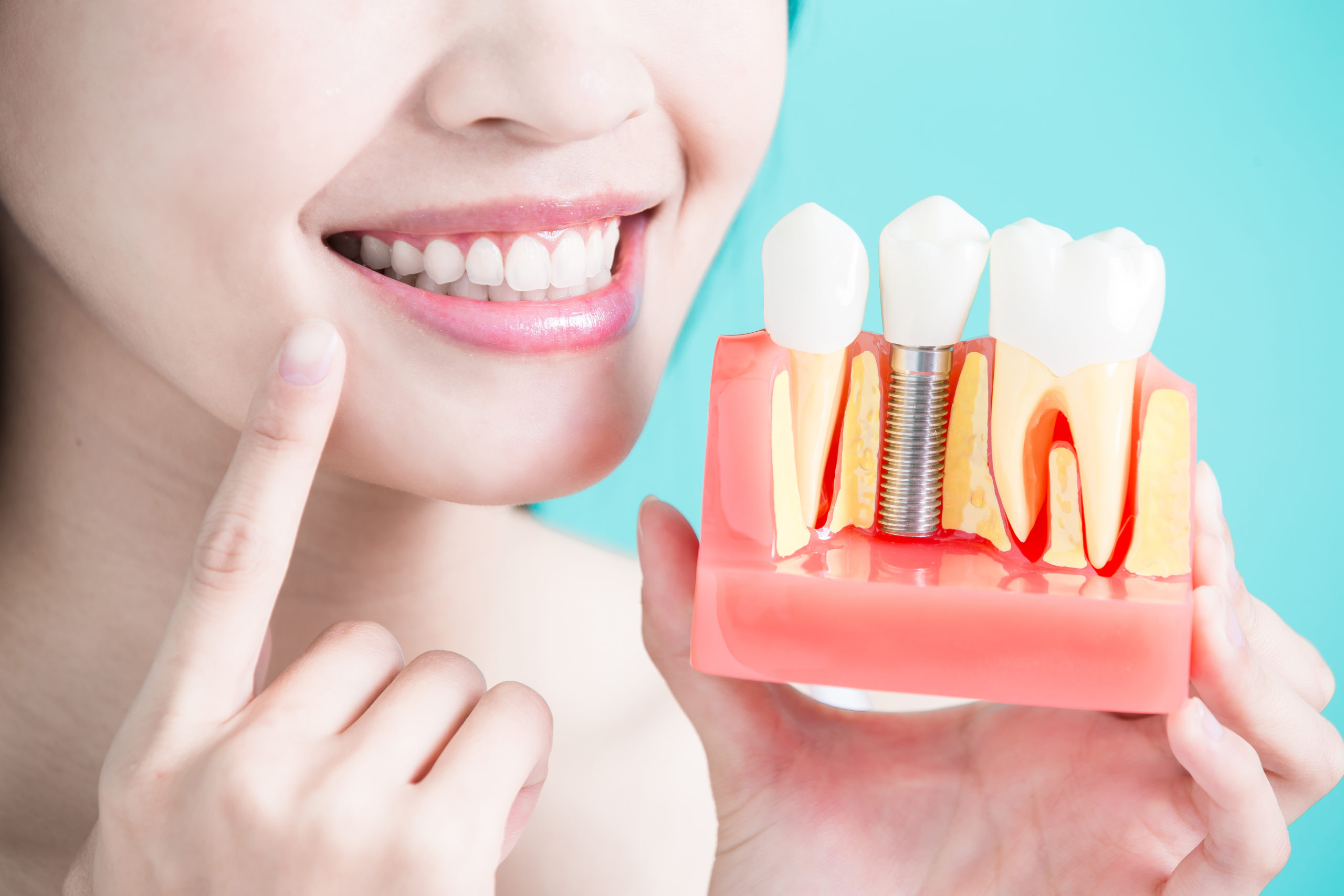Healthy and strong teeth create an image defined by confidence. However, for many people across the world, having and maintaining strong teeth is difficult to do. There are a number of factors that can affect the appearance of your teeth, including your age, genetics, lifestyle choices, such as if you smoke, and your general oral hygiene routine. These factors can potentially lead to losing a tooth or even to bone loss in the jaw. While these factors may have affected the appearance of your mouth, you can rest assured that it is entirely possible to restore your smile by undergoing dental implants.
Dental implants are a versatile procedure that can be customized to suit a patient’s unique needs and circumstances. With varying dental implant options, the procedure can be successfully performed on most.
When Are Dental Implants Necessary?
Dental implants are an excellent way to restore your appearance and restore the functionality of your mouth. The procedure is an exceptional alternative to other treatments, such as dentures. If you have lost one or more teeth or experience difficulty speaking because of a lost tooth, then dental implants may be right for you.
Many benefits can be experienced with a dental implant. The unique procedure can help prevent and promote bone loss in the jaw, improve your overall oral health and is more comfortable than other dental restoration options. Additionally, the procedure produces long-lasting results and requires low maintenance.
However, you may not be aware that there are many different types of dental implants. There is a wide range of dental implants that can potentially suit your unique circumstances. Scheduling a consultation with an experienced oral surgeon is the best way to determine if a dental implant is necessary.
What Are the Different Types of Implants?
There are several different types of dental implants, each with its own benefits and advantages. Some implants are better suited than others for treating patients with significant bone loss in their jaw bone, while others can only be implanted in conjunction with other implants.
Dental implants that are available include:
Zygoma Dental Implants
Zygoma dental implants are implants that are permanently anchored to a dense bone in the mouth. This type of implant is often used when there is not enough upper jaw bone to anchor a traditional implant. Instead, zygoma dental implants are anchored to the cheekbones.
Zygoma dental implants are an excellent option for patients who have experienced a significant amount of jaw bone loss. This issue occurs for a number of reasons, including age, disease and trauma. The procedure is an excellent alternative to rebuilding the jaw bone with grafts, resulting in complications and is invasive. Zygoma implants are 30 to 50 mm in length.
The zygomatic bone, where zygoma implants are inserted, is denser than the jaw bone, meaning there is more significant support than implants attached to the jaw bone.
Pterygoid Dental Implants
Pterygoid dental implants is an implant that goes where the wisdom teeth used to be. Instead of being implanted in the zygomatic bone, a pterygoid implant is inserted into the sphenoid bone, a bone that forms the skull base.
Like the zygomatic bone, the sphenoid bone is incredibly dense and does not risk resorption, much like the jaw bone. The sphenoid bone acts as an excellent ground for the pterygoid implant. A pterygoid implant has a length of 15 to 20 mm.
Pterygoid implants are often performed in conjunction with an additional implant because pterygoid implants cannot stand alone. The implants are not strong enough alone but are when anchored to an additional implant, such as a zygoma or traditional implant.
Traditional Dental Implants
Traditional implants are anchored to the jaw bone, known as the maxilla. The procedure involves screwing titanium screws into the jaw bone. These particular implants are well suited for patients with strong oral health and jaw bone health because traditional implants require healthy bone and surrounding gum tissue to be implanted successfully.
The procedure involves placing the implant into an empty root socket, which heals for a period of three months. As it heals, the dental implant fuses with the stable jaw bone, which will create a stable bond and act as a prosthetic root structure.
Which Dental Implant Is Right For Me?
Choosing which dental implant is right for you depends on your unique circumstances. Patients who have strong oral health and who have not experienced absorption in their jaw bone will be recommended a traditional implant. Traditional dental implants are an excellent choice for patients that are ready to restore their smile.
Zygoma and pterygoid dental implants are an excellent choice for patients who have experienced bone loss in their jaw bone. Even in the most severe of cases, zygoma and pterygoid can be successfully implanted to restore a smile. However, the unique placement of a pterygoid dental implant means it will need to be implanted near an additional implant, whether it be zygoma or traditional implants.
The best way to determine which implant will best suit your needs is by visiting an experienced oral surgeon. Under Dr. John P. Freeman’s guidance, your dental implant procedure will be customized to suit your unique circumstances.
Learn More About the Dental Implants Offered at Dr. Freeman’s Clinic in Katy, TX
Several dental implant options are offered at Dr. Freeman’s Clinic of Katy, TX: zygoma, pterygoid, and traditional. Each of these dental implants is designed to accommodate a patient’s unique circumstances. Dr. Freeman will review each of these dental implant options with you during an initial consultation and decide which will best suit your needs and ensure candidacy for dental implants.
If you are a resident of Katy, TX, or surrounding communities and you are missing a tooth or teeth, then a dental implant at Dr. Freeman’s clinic will be greatly beneficial. Contact us today by calling 281-599-9445 or visit our contact page.

